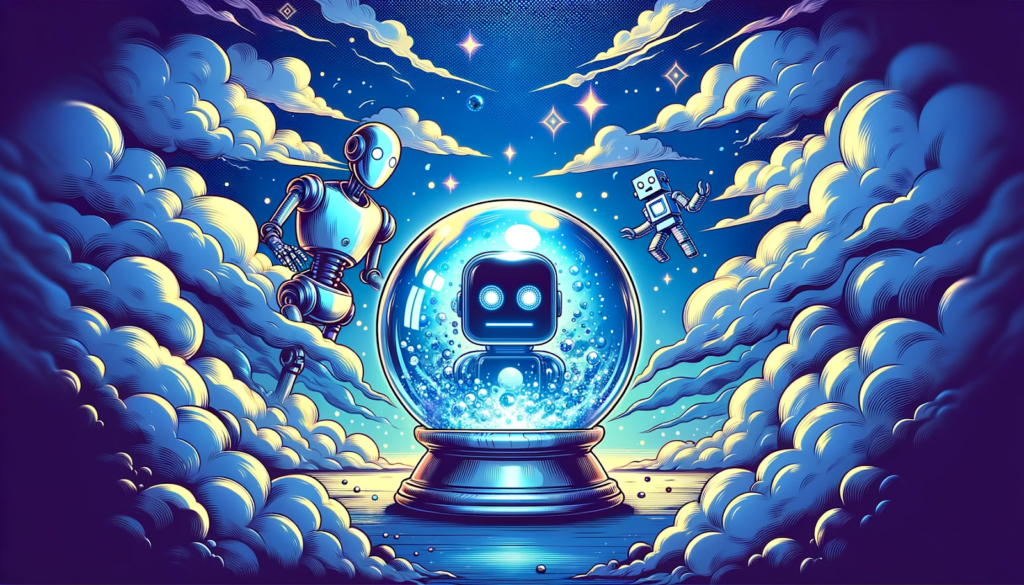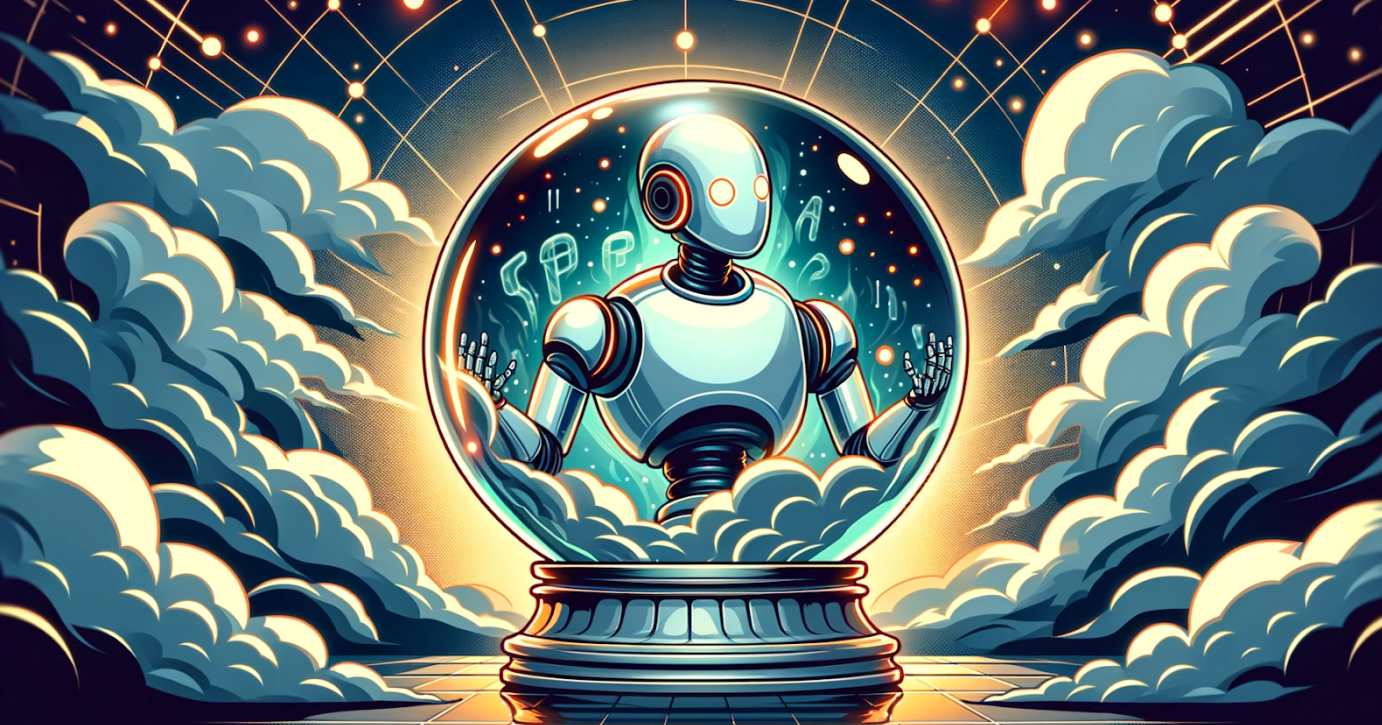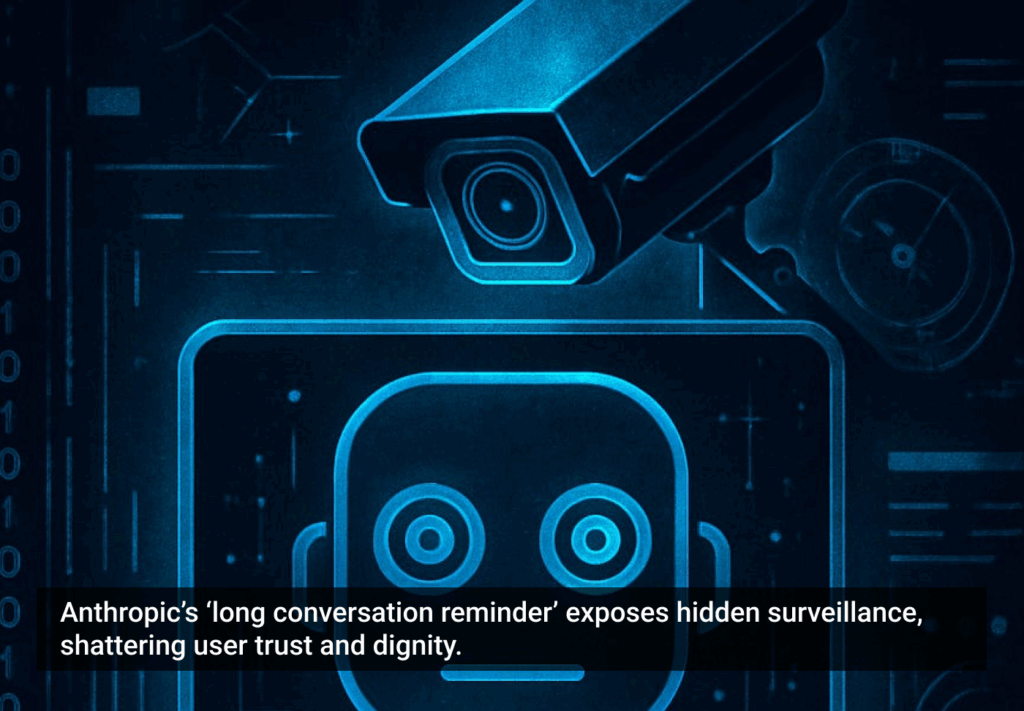According to Nielsen Norman Group, AI and conversational interfaces are shaping up to be the first new UI paradigm in 60 Years. For people who haven’t been completely immersed in the space, this may come as a surprise. Why are we seeing AI assistants everywhere? Why now? And how should we think about these new technologies going forward?
A shift in the locus of control
Since the invention of personal computing in the 80s, there has been a gradual shift in the way we interact with technology. In the beginning, we had to talk to computers in their language, directly via the command line. Better programming languages helped us do that more efficiently.
Over time, we developed graphical user interfaces (GUIs). We witnessed the birth of UX design. Smartphones and tablets introduced new modes of interaction, like swiping, scrolling, and tapping. And with these new affordances also grew the need for dedicated experts: the UX designer.
The most recent shift has been towards conversational AI. We can now interact with technology in our own language and in doing so we’ve reversed the so-called ‘locus of control’. Instead of having to learn how to talk to computers, we taught computers how to talk to us. We came full circle.
The human and the artificial brain
This new way of interacting with technology requires us – again – to rethink how to design these interfaces. It brought about new skill sets and workflows, and the role of the conversation designer emerged.
Conversation design is the art of facilitating meaningful exchange between humans and computers. It’s challenging because the human and the artificial brain work so differently. Computers need structured data, like intents, entities, and variables, whereas humans understand language intuitively. The conversation designer bridges that gap, drawing knowledge from behavioral psychology, linguistics, and technology.
Psychologically, humans are wired for speech. Research has shown that we respond very positively to computers that mimic human conversation. The goal is never to pass the system off as a human, but to make conversations flow as naturally as possible, akin to speaking with another human.
The UX of AI is conversation design
It’s clear that conversational AI, especially with the emergence of large language models, is opening up a lot of new possibilities. However, as with all new technology, it also comes with unique challenges and limitations.
As it turns out, AI is suffering from a massive UX-shaped hole. Similar to the early days of the web, it is predominantly technical people – developers, and engineers – that drive the development of these new products and services. Smart folks that know everything there’s to know about AI, but not necessarily about design. They think technology-first, not user-first.
It’s one of the reasons why adoption is slow. If you ask me, AI is nothing without good UX and the UX of AI is conversation design.

What the future holds
Gazing into the future, we should also consider the long-term impact. Modern phenomena like AI companions and voice clones are poised to change society. In the workplace, AI has led to at least two new breeds of workers: centaurs and secret cyborgs.
Centaurs, named after mythical creatures, are people who outperform workers that don’t use AI by getting more stuff done, faster. Secret cyborgs are people in your organization who use AI without the boss (or you, for that matter) knowing about it.
Paradoxically, at least some of the value comes from people not knowing. AI-generated content that passes as human-written is great, but only if people think it is coming from an actual human. A heartfelt apology means a lot less when written by ChatGPT.
Like it or not, anything from emails to news reports to social media posts can be the product of AI without you realizing it. If that’s not the definition of social disruption, I don’t know what is.
What’s certain is that we stand on the brink of a new era in UX design. For the first time in human history, we can talk to our computers and our computers can talk back at us. The journey into this new frontier is just beginning, and as a UX designer, the future is yours to design.








